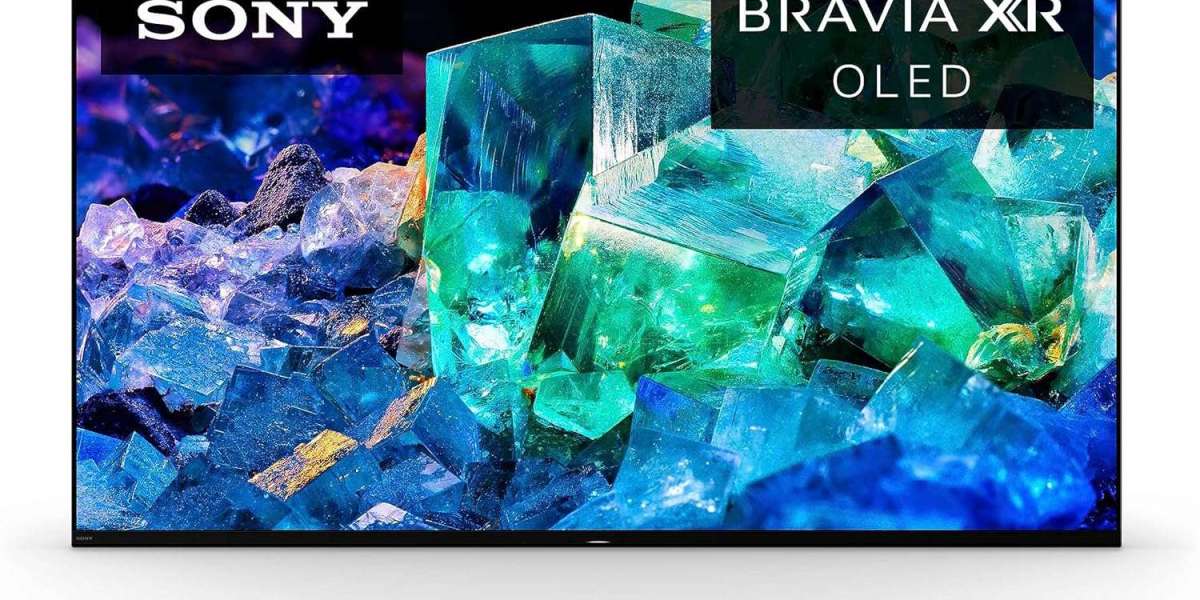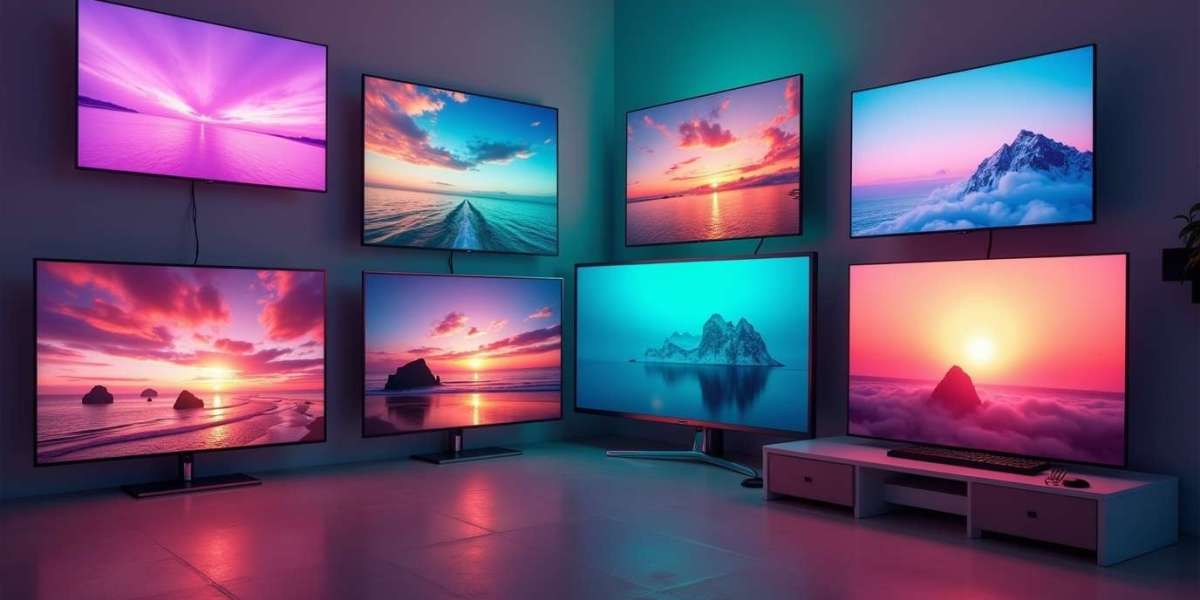What's the Difference between Dolby Vision 2 and Dolby Vision?
Dolby Vision and Dolby Vision 2 have been at the forefront in redefining the home cinema and entertainment experience. Serving as the brand's leading high dynamic range (HDR) video formats, they provide superior image quality with enhanced colour and brightness. However, the evolution from Dolby Vision to Dolby Vision 2 brings noticeable changes and improvements.
The Concept of Dolby Vision
Dolby Vision is an advanced HDR video playback format. It significantly improves the quality of video content by expanding the colour palette and contrast ratio. Dolby Vision supports up to 10,000 nits peak brightness, with BT.2020 colour space coverage. With this technology, viewing on compatible displays brings a highly immersive experience—it presents more actual colours, higher levels of brightness, and deeper, more complex black tones compared to standard HDRs.
The Dawn of Dolby Vision 2
As technology advances, so do visual formats like Dolby Vision. This led to the emergence of Dolby Vision 2, a remarkable upgrade to its predecessor. One of the main elements that set Dolby Vision 2 apart from Dolby Vision is its prevailing focus on delivering stellar quality and performance on low to mid-tier TVs. This widened the reach of Dolby’s cutting-edge technology to a more varied proportion of the user base.
Key Differences between Dolby Vision and Dolby Vision 2
1. Distinct Image Processing Approach
Dolby Vision follows a traditional approach where the image processing happens on the source device. However, with Dolby Vision 2, the emphasis is more on TV-side image processing. This approach aligns better with lower-cost HDR TVs that might not have the high levels of peak brightness offered by premium models.
2. Accessibility
While Dolby Vision delivers superior quality, it was initially designed to cater to more high-end TVs, thereby remaining inaccessible to a larger audience. Dolby Vision 2 seeks to rectify this by focusing on providing excellent performance on budget to mid-tier TVs as well, thus making outstanding viewing quality more broadly accessible.
3. Improved Efficiency
Efficiency gets a boost in Dolby Vision 2 with the introduction of TV-led processing. As a result, content producers need not to worry about the varying processing abilities of source devices. Conversely, TV manufacturers find it easier to implement Dolby’s technology without the need for specialized hardware on the television end.
4. Dynamic Metadata Advantage
Both formats leverage dynamic metadata to optimize the image on a scene-by-scene or even frame-by-frame basis. However, Dolby Vision 2 goes ahead with enhanced utilization of metadata, making it a more capable option when it comes to optimising images based on the specifications of the display it's viewed on.
Conclusion: An Enhanced Viewing Experience with Dolby Vision 2
Overall, while both Dolby Vision and Dolby Vision 2 provide impressive viewing experiences, the latter promises remarkable improvements, particularly catering to the low and mid-tier television segment. As such, it enables a broader audience to enjoy the immersive entertainment experience that advanced HDR formats like Dolby Vision can offer.
Dolby Vision set a high standard in the home entertainment sector. With Dolby Vision 2, it successfully raises the bar even higher, delivering a visually-stunning experience by combining technological advancement and accessibility to all segments of its audience.





